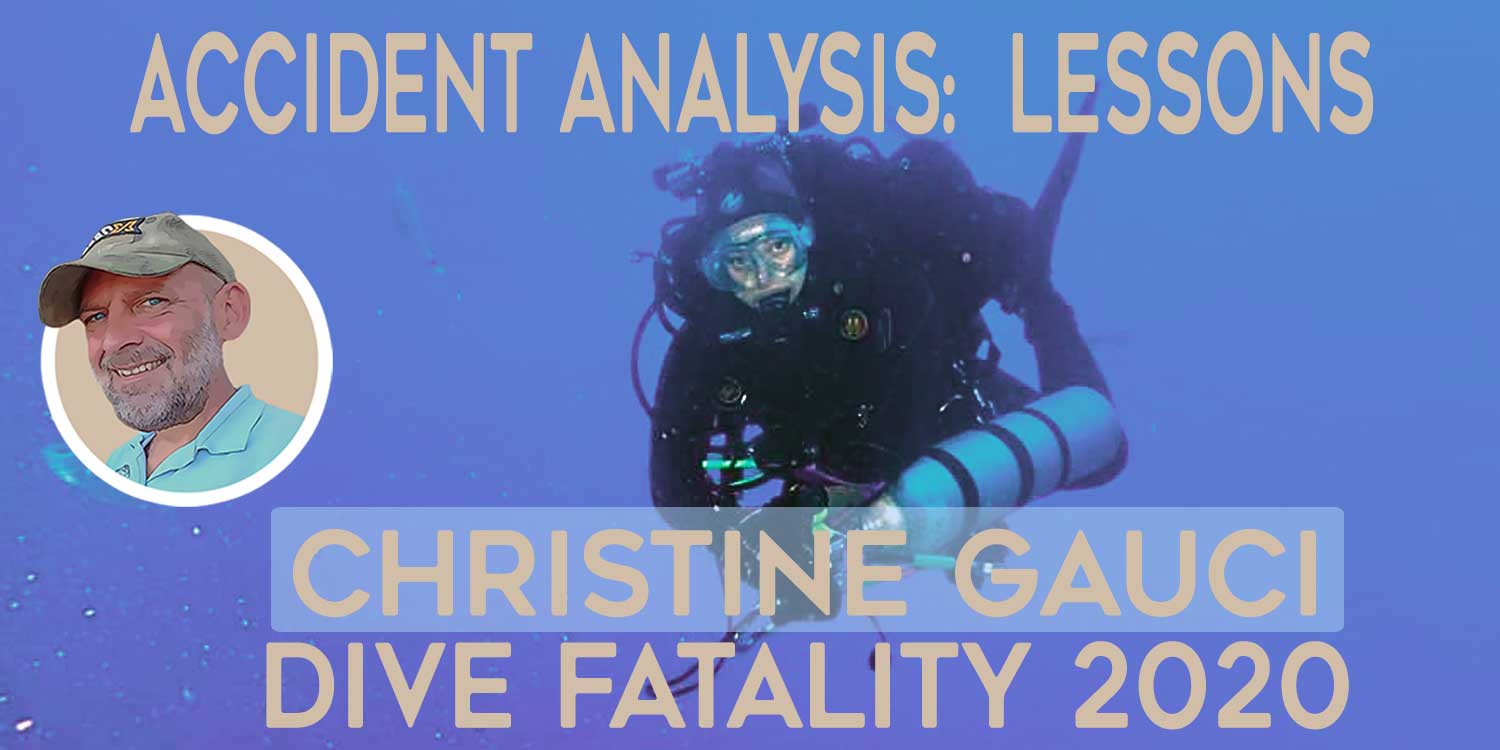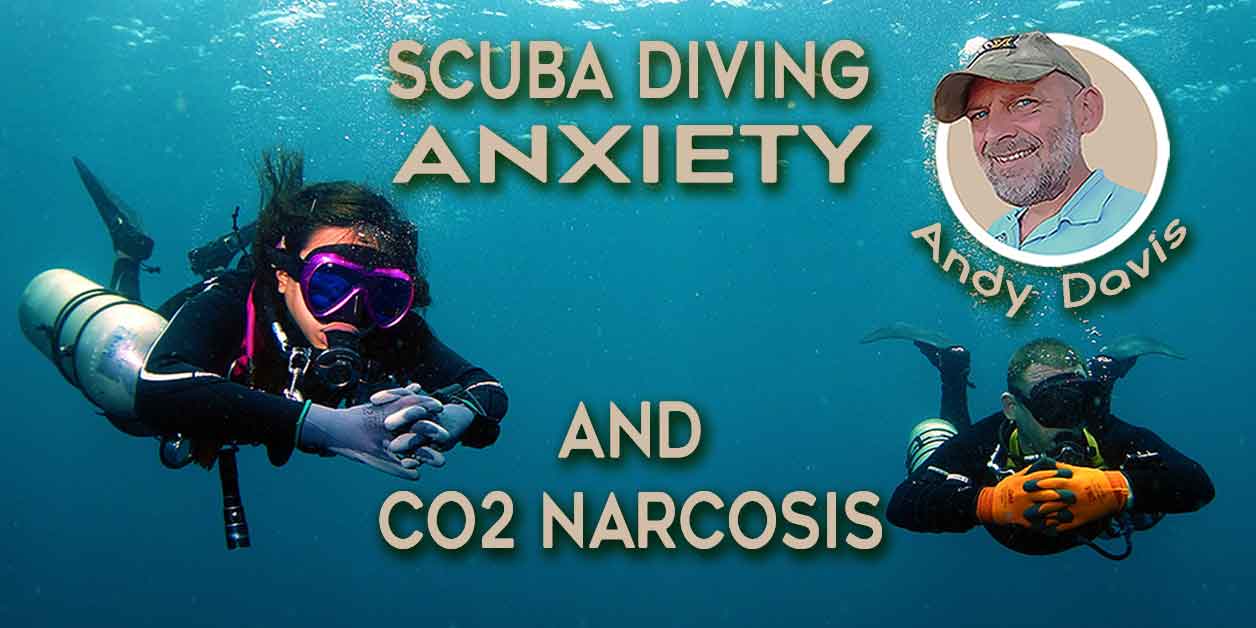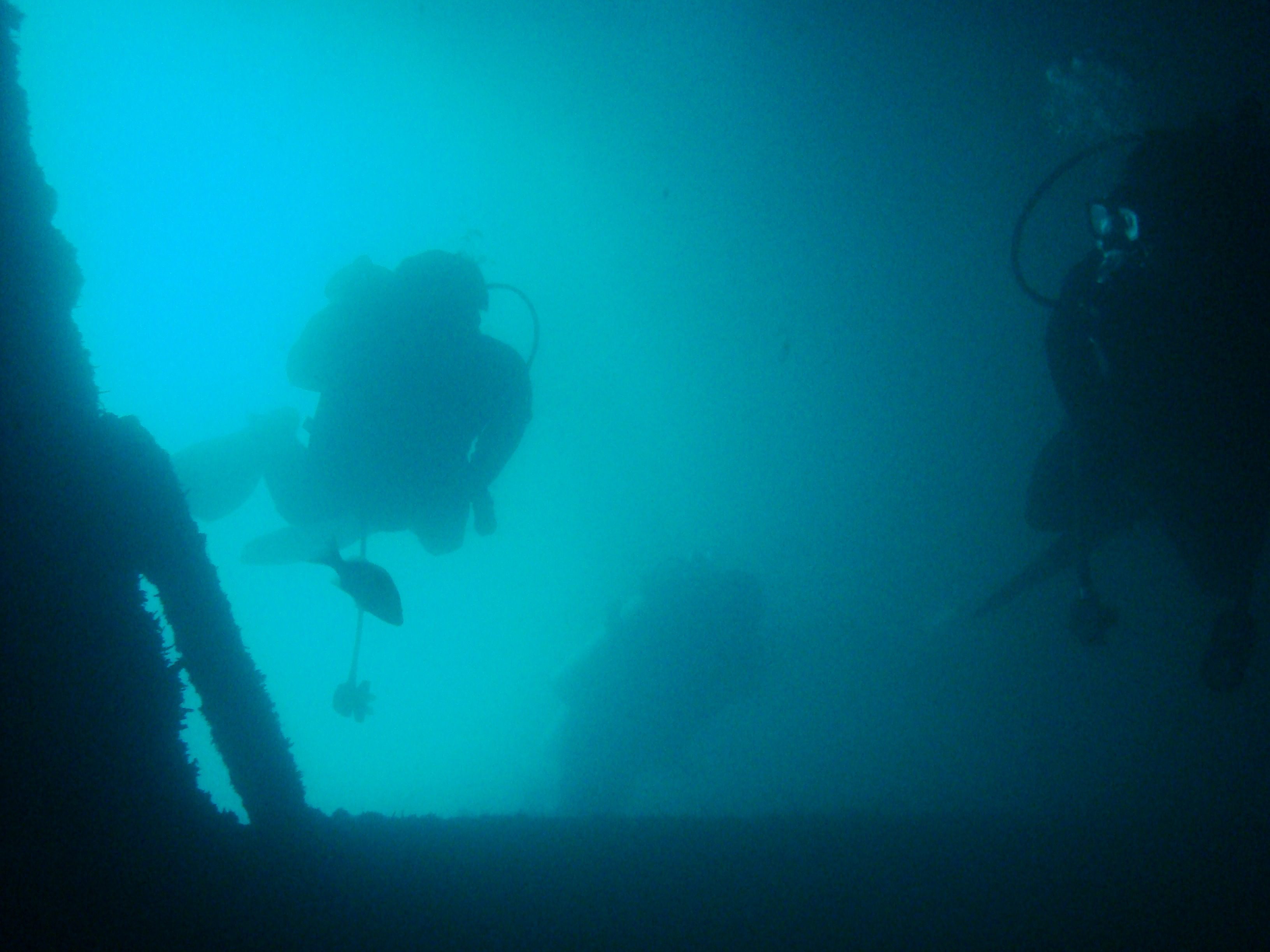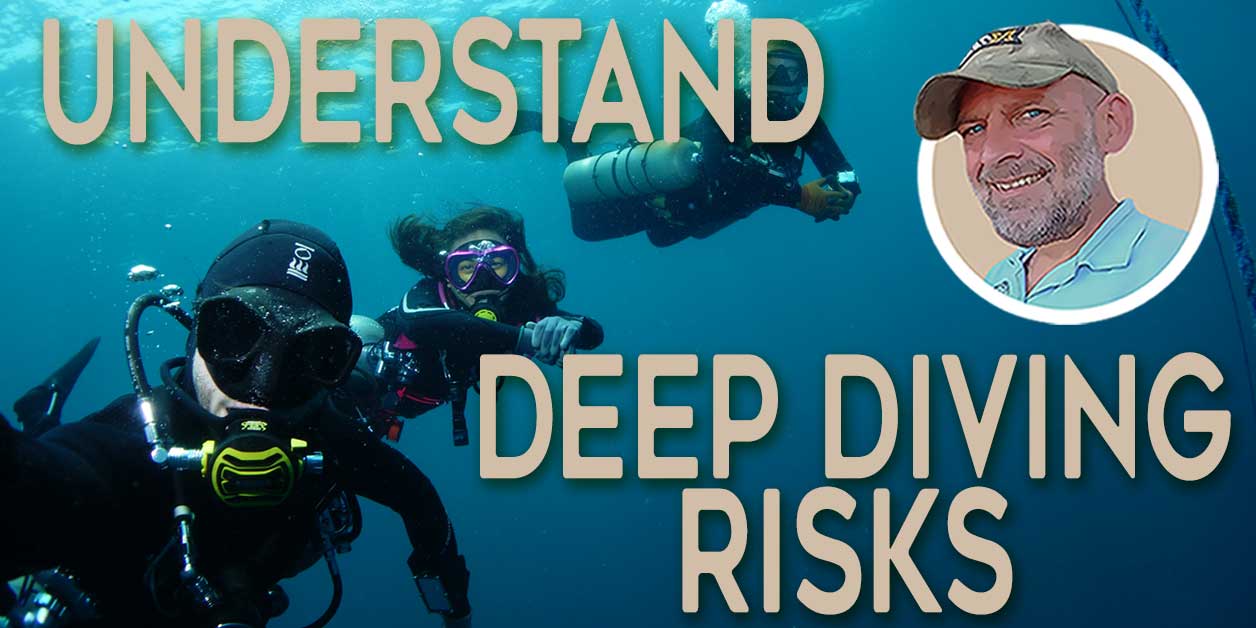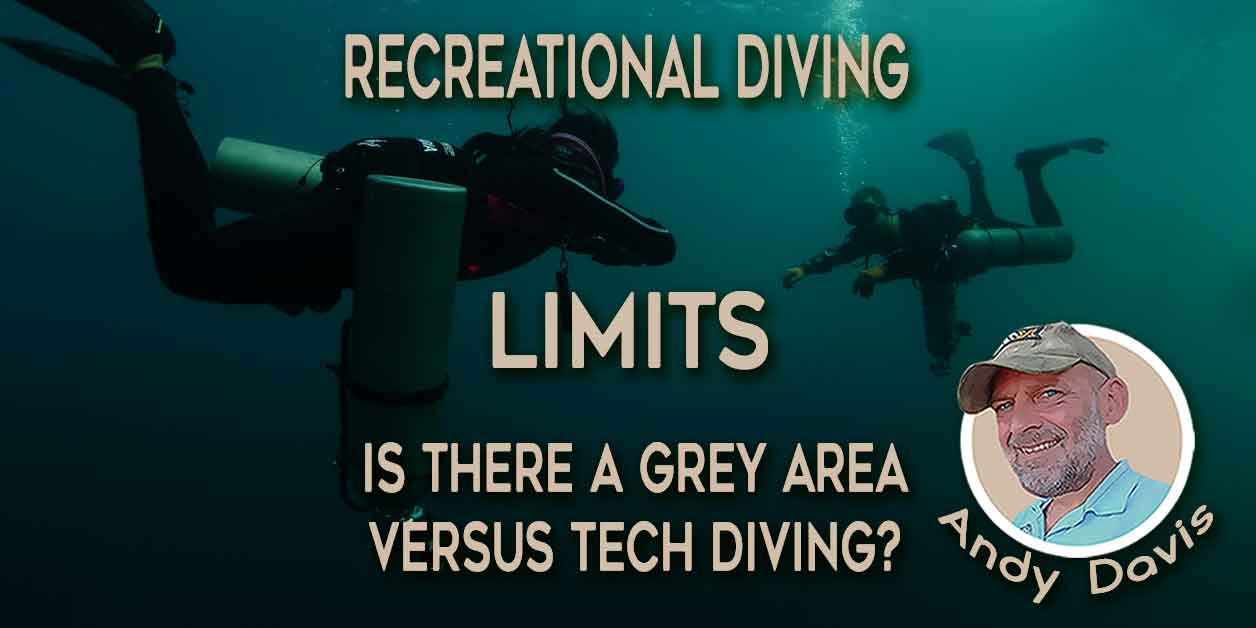How Deep Can You Dive Using Air?
Are you curious about how deep you can safely dive using air? While diving with air is a popular choice for recreational divers, there are three key factors that limit the depth you can reach.
These factors are:
In this article, I will explore each of these factors in detail and explain why they’re important for divers to understand. From the impact of nitrogen narcosis to the role of gas density in CO2 retention, I will provide you with valuable insights to help you stay safe on your next deep dive. Keep reading to learn more!
The depth limitations of air as a diving gas
- Nitrogen narcosis using air becomes debilitating below 30m/100ft due to the high lipid solubility of nitrogen.
- Divers must limit their oxygen exposure to avoid CNS toxicity, which equates to a 56.6m/185ft maximum depth when breathing air (21% O2).
- Gas density reduces respiratory efficiency, leading to CO2 retention, and becomes an issue when it exceeds 6g per liter, which is reached at 36m/120ft when breathing air.
- Most major recreational dive agencies do not teach gas density management.
- Some agencies do teach it and apply a 30m/100ft limit to air/nitrox diving and use helium mixtures beyond that.
Three factors controlling how deep can you dive using air
There are three factors that determine how deep can you dive using air:
- Inert-Gas narcosis
- CNS oxygen toxicity
- Gas density
Nitrogen Narcosis
Nitrogen narcosis using air begins to become debilitating through an anaesthetic effect below 30m/100ft. This is due to the high lipid solubility of the nitrogen component (79%) in the air. The correlation between the lipid solubility of a gas and its anaesthetic property is defined in the Meyer-Overton Law of Lipid Solubility.
CNS Oxygen Toxicity
Divers have to limit their oxygen exposure to a maximum partial pressure of 1.4 ppO2 in order to avoid Central Nervous System (CNS) toxicity. At high pressure, oxygen interferes with neural function and will cause convulsions. This 1.4 ppO2 limit equates to a 56.6m/185ft maximum depth when breathing air (21% O2).
Read more about Oxygen toxicity in this article: Oxygen Exposure Management For Divers
Gas Density
The issue of Gas Density and its role in CO2 retention (hypercapnia) is woefully under-educated by many scuba training agencies. Gas density has been well studied and it is proven that a greater density of breathing gas reduces respiratory efficiency that leads to CO2 retention.
Studies by the US Navy Experimental Dive Unit (NEDU) have illustrated a huge uptake in CO2 retention when breathing gas density exceeds 6g per litre. When breathing air, that 6g/L limit is reached at just 36m/120ft.
To date, most of the major recreational dive agencies have simply ignored those scientific findings. They don’t teach gas density at all, to either instructors or technical divers.
If big agencies DID acknowledge that issue and applied appropriate safety measures, then it’d severely curtail recreational deep diving – and that’d impact industry profits.
There are some (more ethical) agencies that actively teach gas density management – and they apply a 30m/100ft limit to air/nitrox diving. Beyond this, they use helium (trimix) mixtures to mitigate both gas density and inert-gas narcosis risks.
Video lesson on gas density
Simon Mitchell, a leading decompression and hyperbaric physics researcher, gives an excellent lecture on gas density in this YouTube video. Every dive instructor and deep diver should watch it…
The depth limits of using air for diving
In conclusion, diving with air is a popular choice among recreational divers, but there are limits to how deep you can safely go.
Understanding the three key factors that limit your depth – nitrogen narcosis, CNS oxygen toxicity, and gas density – is essential for staying safe on your next dive.
While some dive agencies may not teach gas density, there are ethical agencies that actively promote gas density management and apply safety measures to mitigate risks.
By being aware of these factors and taking the necessary precautions, you can enjoy the thrill of deep diving while minimizing the risks involved. Remember to always prioritize safety on your dives.
About The Author

Andy Davis is a RAID, PADI TecRec, ANDI, BSAC, and SSI-qualified independent technical diving instructor who specializes in teaching sidemount, trimix, and advanced wreck diving courses.
Currently residing in Subic Bay, Philippines; he has amassed more than 10,000 open-circuit and CCR dives over three decades of challenging diving across the globe.
Andy has published numerous diving magazine articles and designed advanced certification courses for several dive training agencies, He regularly tests and reviews new dive gear for scuba equipment manufacturers. Andy is currently writing a series of advanced diving books and creating a range of tech diving clothing and accessories.
Prior to becoming a professional technical diving educator in 2006, Andy was a commissioned officer in the Royal Air Force and has served in Iraq, Afghanistan, Belize, and Cyprus.
In 2023, Andy was named in the “Who’s Who of Sidemount” list by GUE InDepth Magazine.
Purchase my exclusive diving ebooks!
Originally posted 2019-02-22 12:12:32.








